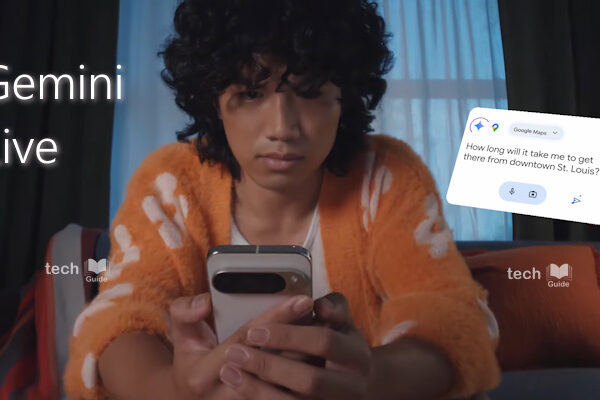
It is evident that Microsoft has bigger plans to leverage OpenAI’s technology. It has laid out plans to use ChatGPT into its Office suite and Bing search.
While Microsoft has already incorporated some previous version of OpenAI’s text-generating GPT model into Word in its autocomplete feature, it is also said that the same is already being used in Outlook search results as well, where users can find what they’re looking for without having to search using keywords in emails.
With the new ChatGPT’s advancements in conversational AI and its ability to create human like replies, it will be able to compose an entire email reply based on simple queries when integrated with outlook. Just imagine Outlook writing an email to your friend as you tell GPT that you’re on travel. You will be able to give instructions on the go to send an email. It could also be used to suggest automatic replies to any email. Are you that kind of a busy person? Its powerful and you will like it.
Microsoft could also use ChatGPT to provide natural language search results in its Bing search. How about an interactive Bing search where you start your search somewhere and able to narrow down your search interactively with the help of ChatGPT. Interesting right?
However, challenges do exist in terms of the accuracy of AI generated content. You know ChatGPT is still not very mature and has the tendency to present incorrect information as fact, which would make such integrations risky at this stage. Making AI reliable & accurate is the next biggest challenge to solve in the current trend. Companies like Microsoft and Google cannot afford to have AI tools providing false or incorrect information.
Then comes the data privacy issue. AI tools should not share confidential information to any random person/user requesting it. In that case, we may need customer specific models to be trained. Another advantage of enabling customer specific models would be – the models shall pick up company-specific terms, & language such as the names of individuals or projects, and can learn patterns of commonly used phrases and paragraphs. This information could then be used to better understand the ingested data, and to refine suggestions.
It’s unclear about the timelines when these features will be available. But it may not be too far from now.
Thanks for Reading. Stay Tuned!

Look forward to connecting with you!
Finally, “subscribe” to my newsletter, so that you get notified every time when I publish.
Check out some of my videos here, and do subscribe to my channel.






